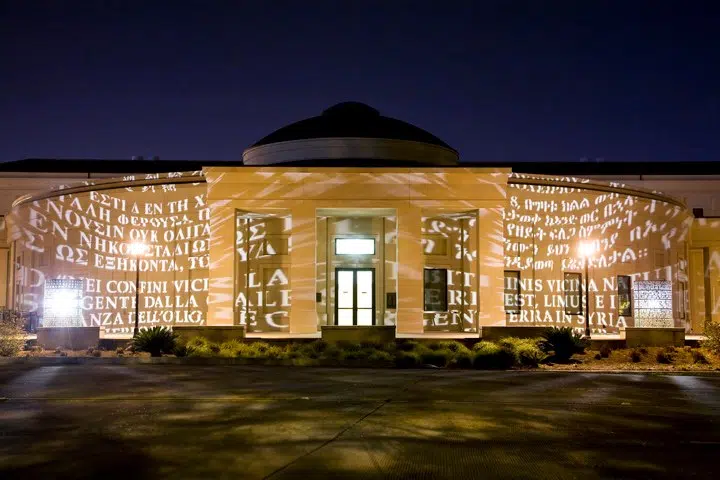
LSU Department of Oceanography and Coastal Sciences
LSU Researchers have determined a new way to forecast rough hurricane seasons in the Gulf of Mexico by looking at spring atmospheric temperatures. Department of Oceanography and Coastal Sciences assistant professor Paul Miller said while NOAA and Colorado State University both issue storm predictions their outlook pertains to all Atlantic storms not specifically those impacting the gulf.
“However, as we know living along the gulf coast certainly any storm in the gulf is almost guaranteed to make landfall somewhere and so we felt that there’s kind of this gap in those projections that we could help build for the Gulf of Mexico,” said Miller.
Miller said they researched weather data all the way back to 1980 and compared atmospheric temperatures from previous hurricanes.
“That’s about 20,000 feet above our heads, and what we found was the warmer those temperatures were over the Gulf of Mexico during hurricane season that we normally experience more storms during that hurricane season,” said Miller.
Miller when they were able to identify the pattern of previous gulf atmospheric temperatures and the number of storms that made landfall in the Gulf.
“And now we’re able to use that to predict forward how many storms might occur during an upcoming season,” said Miller.
Other hurricane predictors use sea surface temperatures, but Miller said looking at atmospheric temperatures to predict hurricanes in the gulf appears to be more accurate for predicting gulf storms. Miller hopes in addition to NOAA and CSU that LSU will be added to the upcoming hurricane forecast.







Comments